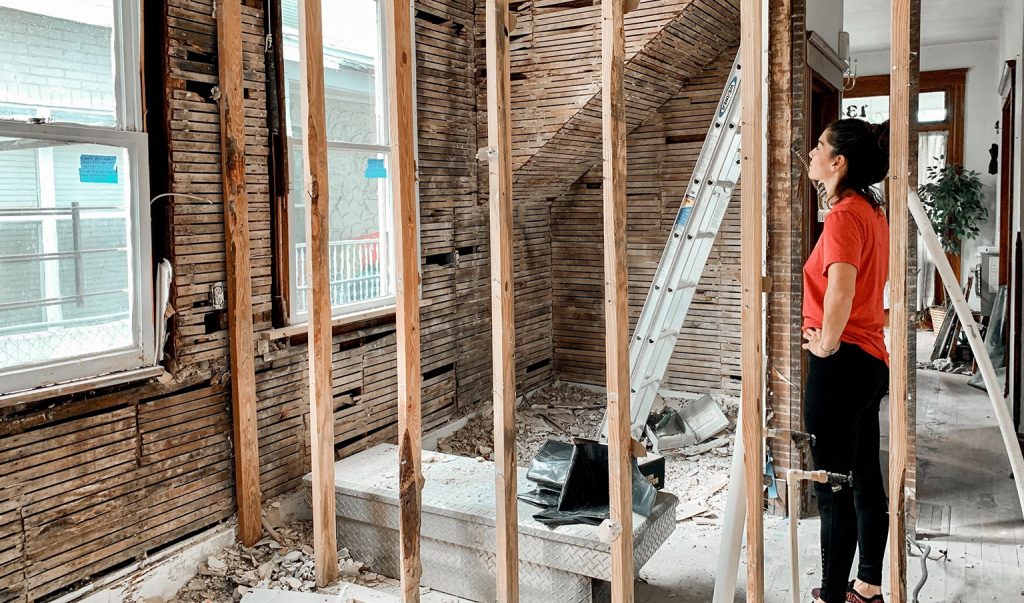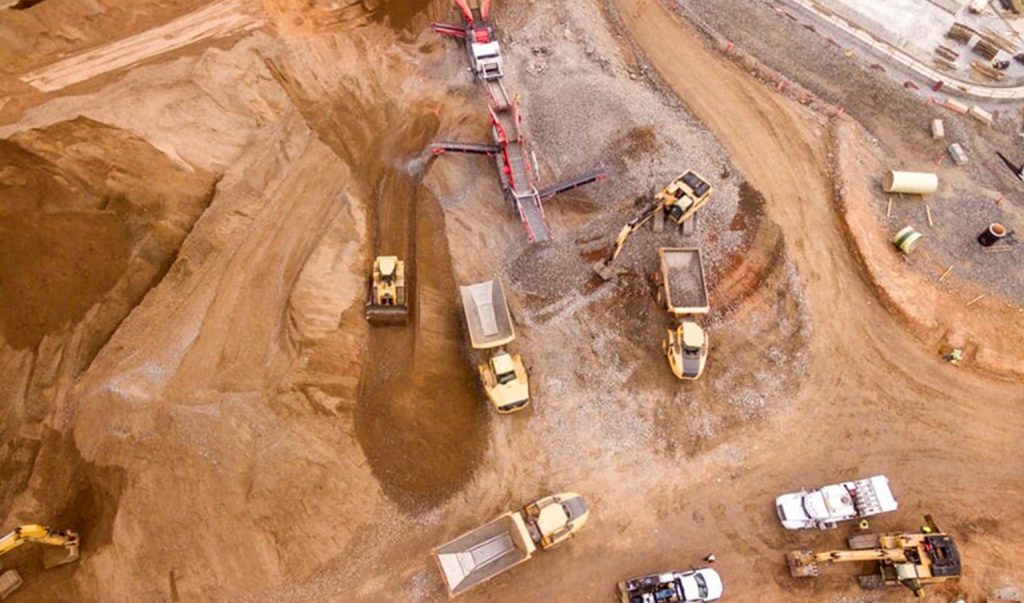Steps for Project Owners to Efficiently Organise Building Defects
if you’re a project owner or new to construction management, it’s essential to understand how to effectively organise your defects. Without proper organisation, defects can escalate and disrupt the project’s timeline, cost, and quality. Here are some tips to help you manage and organize your defects effectively.
1. Regular Inspections Before Handover: Conduct regular and thorough inspections at your site before its completion. Identifying defects while the work is still ongoing has the advantage of correcting issues while builders and subcontractors are still on site, while also preventing them from escalating into more significant problems.
2. Document Everything: Every identified defect should be logged in detail. This log should include the defect’s location, description, date of discovery, and corrective measures taken. It may also include photos for further clarity. This documentation will serve as a reference point and ensure nothing slips through the cracks.
3. Categorise Defects: Dividing defects into categories such as ‘urgent’, ‘moderate’, and ‘minor’ can help prioritize corrective actions. Urgent defects that pose a risk to safety or significant delays should be addressed first.
4. Assign Responsibility: Each defect should have a responsible party assigned to it. Whether it’s a contractor or a member of your own team, ensure someone is accountable for resolving the defect and can be tracked.
5. Use a Defect Management System: Defect management systems are a great help on larger projects. These digital platforms allow you to log, categorize, and assign defects. They can also send reminders and generate reports, making it easier to manage the defect resolution process.
6. Communication is Key: Ensure all stakeholders, including contractors and team members, are aware of the defects and their status. Clear communication will ensure everyone is on the same page and reduce confusion.
7. Review and Learn: After the project, it’s important to review the defects log. Understand what went wrong and why. This information is useful to improve your process for future projects.
Remember, no construction project is defect-free. However, effective management and organisation of defects can significantly reduce their impact. Taking a proactive approach to managing your defects will lead to smoother projects and a better end product.
Achieving Project Excellence: Consult with Asentia Project Management Experts
For more expert advice on managing your construction projects efficiently, get in touch with Asentia Project Management. Our team of experienced project managers is ready to help you deliver your projects on time, within budget, and to the highest quality standards. Contact us today!
Tips for Organizing Your Defects
if you’re a project owner or new to construction management, it’s essential to understand how to effectively organise your defects. Without proper organisation, defects can escalate and disrupt the project’s timeline, cost, and quality. Here are some tips to help you manage and organize your defects effectively.
1. Regular Inspections Before Handover: Conduct regular and thorough inspections at your site before its completion. Identifying defects while the work is still ongoing has the advantage of correcting issues while builders and subcontractors are still on site, while also preventing them from escalating into more significant problems.
2. Document Everything: Every identified defect should be logged in detail. This log should include the defect’s location, description, date of discovery, and corrective measures taken. It may also include photos for further clarity. This documentation will serve as a reference point and ensure nothing slips through the cracks.
3. Categorise Defects: Dividing defects into categories such as ‘urgent’, ‘moderate’, and ‘minor’ can help prioritize corrective actions. Urgent defects that pose a risk to safety or significant delays should be addressed first.
4. Assign Responsibility: Each defect should have a responsible party assigned to it. Whether it’s a contractor or a member of your own team, ensure someone is accountable for resolving the defect and can be tracked.
5. Use a Defect Management System: Defect management systems are a great help on larger projects. These digital platforms allow you to log, categorize, and assign defects. They can also send reminders and generate reports, making it easier to manage the defect resolution process.
6. Communication is Key: Ensure all stakeholders, including contractors and team members, are aware of the defects and their status. Clear communication will ensure everyone is on the same page and reduce confusion.
7. Review and Learn: After the project, it’s important to review the defects log. Understand what went wrong and why. This information is useful to improve your process for future projects.
Remember, no construction project is defect-free. However, effective management and organisation of defects can significantly reduce their impact. Taking a proactive approach to managing your defects will lead to smoother projects and a better end product.
For more expert advice on managing your construction projects efficiently, get in touch with Asentia Project Management. Our team of experienced project managers is ready to help you deliver your projects on time, within budget, and to the highest quality standards. Contact us today!



